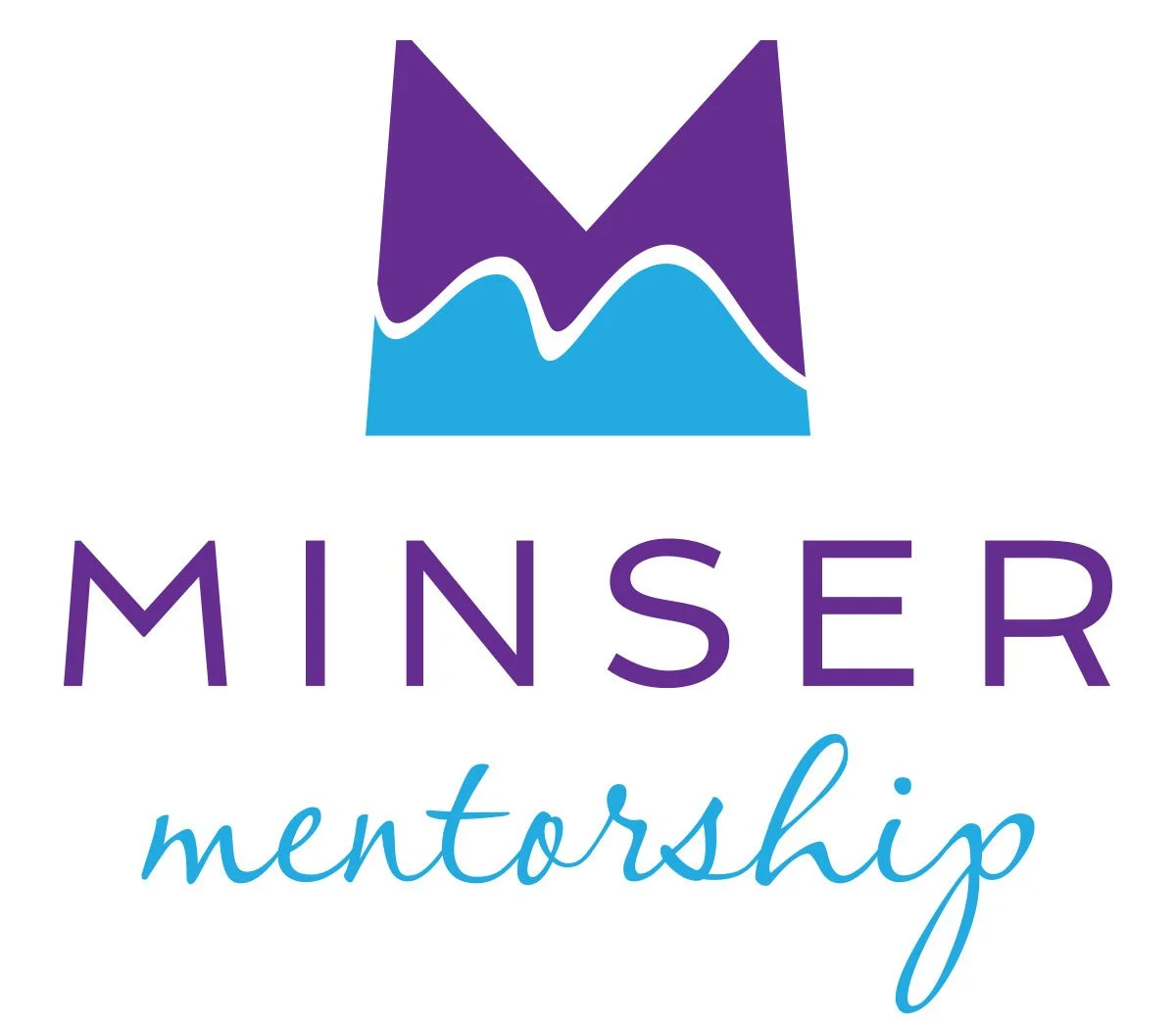How I Teach
Private teaching is the bespoke woodworking of the educational world
My approach to teaching is the fruit of years of teaching, writing, and developing tests. What I have learned is that no out-of-the-box curriculum will work for every learner; that’s why Minser Mentorship is a craftsperson’s workshop, not a factory assembly line. I create each student’s educational plan by analyzing their unique strengths, areas for growth, goals, interests, and personalities, as well as their families’ educational values and priorities. The lens through which I analyze these factors is made of specific principles and practices to which I am committed, and they underlie every decision we—you, the student, and I—will make together.
Principles
Every student has the capacity for growth. Before each session, I ask myself, “in what ways can this student grow today?” Whether it’s a child who is struggling academically or one who is so bored they’ve stopped paying attention, everyone has an innate drive to learn. Even—or perhaps especially—the child who resists education has the potential to blossom in new ways.
Students are responsible for their own learning. I provide the environment in which your child will thrive, but the work to get there is theirs to do. When students are invested and engaged in their learning, that learning is both more durable and more transferable.
The goal of Exam Prep is learning. If your child works hard with me, they will probably be able to raise their test scores by some, or by a lot. But the focus of my teaching is in creating an educational plan for them to grow into the skills they have yet to gain. Scores are the byproducts of real learning, but they are not the point. When they move on from my teaching, your child will take that deep knowledge with them through college and/or work and life.
Practices
I expect every student to read and write every day. The best way to learn how to write, including understanding grammatical concepts, is to read and read and read and read. I agree with Steven Pinker[i] when he argues that “good writers are avid readers.” Mastering writing skills through reading as akin to the process of immersion in language learning. Thoughtful and engaged readers notice and internalize the craft of good writing and are then better able to produce it themselves. My teaching, regardless of our course of study, will always include carefully selected reading assignments and close reading sessions.
I work during, before, and after lessons[ii] for each individual student. While I might adapt some material I used previously, I carefully prepare for each student outside of our contact hours. I accept a limited number of students because our sessions are only half of the work I will do with your child. Just as I expect them to work on their assignments outside of our sessions, you can expect me to prepare for their sessions during the time I am not actively teaching.
I teach in the “sweet spot” between what the student can do easily and what they cannot yet do. Our brains are highly motivated when they have a challenge that is just right, and we come alive when we are truly learning. I have years of experience in evaluating students’ levels of competency and I can quickly ascertain the degree of difficulty from which your child will best learn.
I love teaching in large part because it is a dynamic relationship in which we are all learning how to be better writers, readers, and learners. I look forward to working with your child and guiding them on the next leg of their educational journey. Bring me on board!
[i] Pinker, Steven. The Sense of Style: The Thinking Person's Guide to Writing in the 21st Century. Viking, 2014.
[ii] Examples of the kinds of lessons I teach:
To learn how to intuitively place commas, semicolons, and other punctuation marks: student records themselves talking for a few minutes about a topic of interest, then we transcribe the words together, noting the contexts of the pauses and talking about the appropriate uses of punctuation. Students start to approach reading and mechanics with their “inner ears.”
To practice moving away from cliches and producing more colorful and original writing: student makes a list of common cliches, then for each, explains what it means in a full paragraph; student then creates a new, original phrase that means something similar to each cliché. An extension of this lesson would be for them to incorporate this new phrase in a longer piece of their writing to experience deploying it in context. Depending on the skill level of the student, this exercise could be an independent assignment or a guided experience during a session.
To practice close reading of texts: student reads a short passage, then chooses one word, phrase, or sentence that provokes some kind of response (confusion, excitement, delight, anger) from them as a reader; student attempts to rewrite this word, phrase, or sentence using different language, and we talk about the difference in rhetorical affect of their language versus that of the writer. Students are both learning how to read for rhetorical purpose but also how to use language in their own writing.





